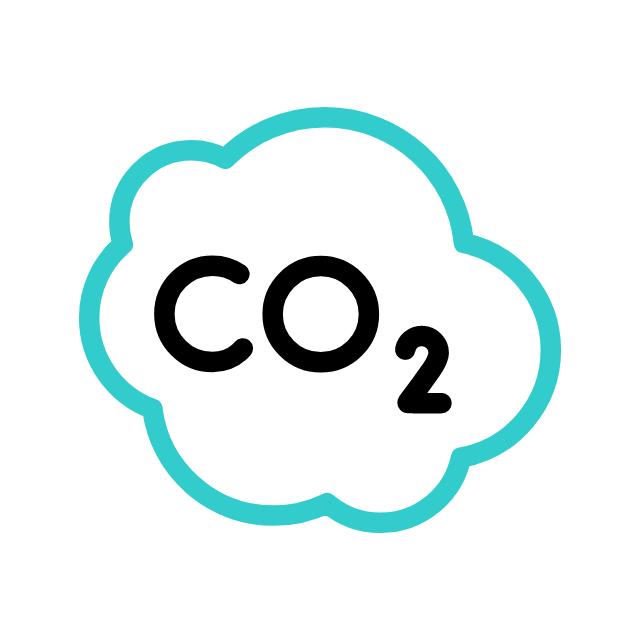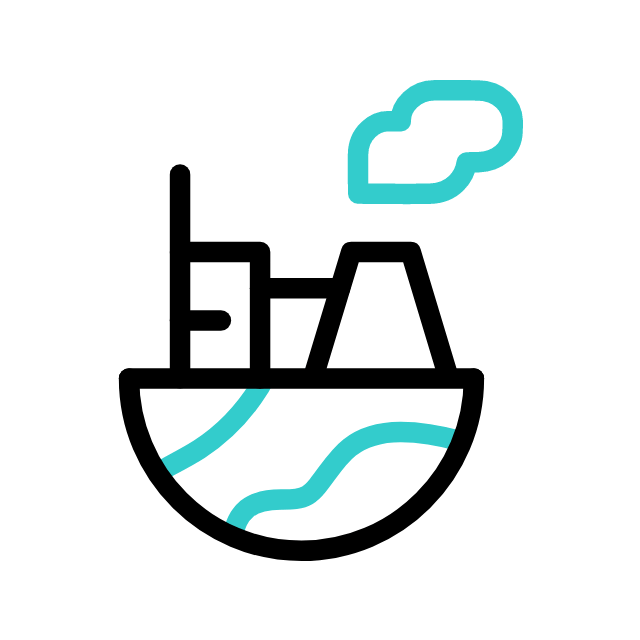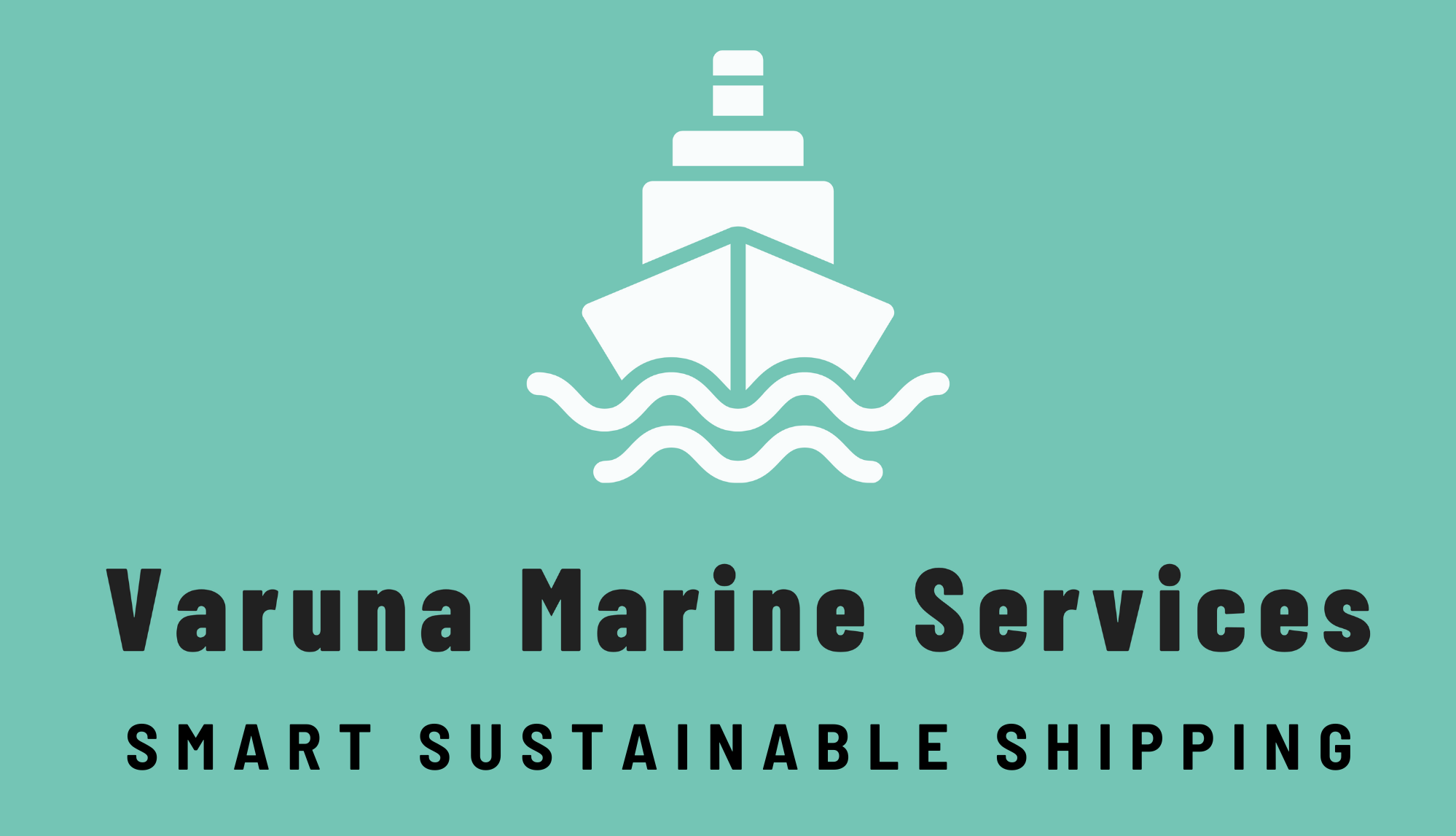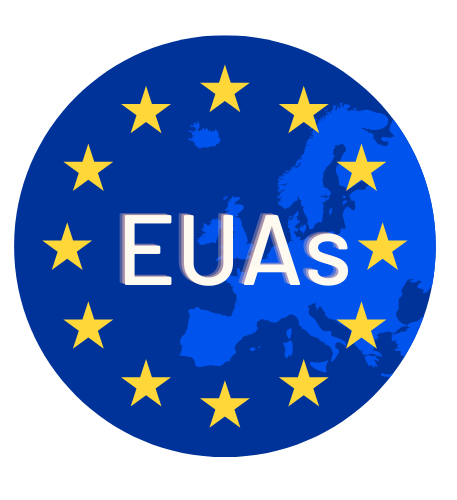Our services

EU ETS
We assist in developing a strategy that provides either exposure to the carbon market or aid in achieving budgetary goals and cost savings. Assistance in establishing an EU Registry Account, Market information and Insights into EUA prices and decision-making support
In a significant move towards a greener future, the European Union has expanded its Emissions Trading System (EU ETS) to include maritime transport emissions, effective from 2024. This extension aligns with the EU’s commitment to reducing greenhouse gas emissions and combating climate change.
- The EU ETS operates on a ‘cap-and-trade’ mechanism, setting a yearly cap on the total greenhouse gas emissions allowable for covered operators. This cap reduces annually, in line with the EU’s climate targets, with the overarching objective of achieving a 62% reduction in emissions from 2005 to 2030.
- Operators are allocated emission allowances, each representing the right to emit one ton of carbon dioxide equivalent (CO2eq). If a company exceeds its allowances, it faces heavy fines. These allowances can be bought and sold through auctions and secondary markets, providing flexibility for companies to reduce emissions in a cost-effective manner.

EU MRV
Trust us to guide you through the EU MRV requirements effortlessly. We offer tailored solutions to monitor and report your vessel's CO2 emissions, ensuring compliance with the European Union's rigorous standards.
The EU MRV regulation, initiated in 2017, mandates the monitoring, reporting, and verification of emissions data from ships, specifically those with a gross tonnage (GT) of 5,000 or more on EU-related voyages. This regulation is a significant step in addressing greenhouse gas emissions in the maritime sector and is part of broader efforts to promote environmental sustainability in the industry.
Key Applicability Criteria:
- Ship Size: Vessels with a GT of 5,000 or more, including container ships, tankers, and passenger vessels, must comply with the EU MRV regulation.
- EU Ports: The regulation applies to ships calling at EU ports, including overseas territories, regardless of flag or ownership.
- Voyages: All voyages to or from EU ports are subject to monitoring and reporting, ensuring comprehensive data collection on emissions from ship operations.

IMO DCS
Navigate the International Maritime Organization's Data Collection System with ease by partnering with us. Our services cover the complete process, from data collection to reporting, ensuring that your operations align with global environmental regulations.
IMO DCS is an International Maritime Organization (IMO) regulation that mandates the collection and reporting of fuel consumption data from ships over 5,000 gross tons.
- The IMO DCS is a global initiative to enhance transparency and promote energy efficiency in the shipping industry. It requires ships to collect and report data on their fuel consumption and other relevant information.
- The DCP must be created within the Part II of the Ship Energy Efficiency Management Plan (SEEMP) and be available on-board the vessel.
- Shipowners and operators are responsible for monitoring fuel consumption through various means, such as flow meters or bunker delivery notes. This data is then reported to the ship’s flag state, which in turn reports to the IMO.
- By implementing the IMO DCS, the maritime industry is taking a significant step towards reducing greenhouse gas emissions, fostering sustainable practices, and encouraging the development of more energy-efficient ships.

CII
Stay ahead in the maritime industry by understanding and complying with the Carbon Intensity Indicator requirements. Varuna Marine Services BV provides strategic support to measure and report your vessel's carbon intensity, fostering sustainability in your operations.
The Carbon Intensity Indicator (CII) is a powerful metric designed to assess and quantify the environmental efficiency of ships in the maritime industry. It plays a crucial role in the global effort to reduce greenhouse gas emissions and combat climate change.
- At its core, the CII evaluates the amount of carbon dioxide (CO2) emissions produced by a vessel in relation to its transported cargo or tonne-mile. This measurement allows shipowners and operators to determine how efficiently their ships are utilizing energy and how environmentally sustainable their operations are.
- The CII is a key component of the International Maritime Organization’s (IMO) broader strategy to improve energy efficiency within the shipping sector. By implementing CII standards, ships can be evaluated based on their emissions per unit of transport work, enabling comparisons and driving the adoption of eco-friendly practices.
- The Carbon Intensity Indicator is not merely a compliance requirement; it’s a powerful tool for driving positive change in the shipping world. By focusing on improving CII scores, stakeholders can simultaneously cut costs, enhance efficiency, and play a vital role in protecting our planet for future generations. It serves as a beacon, guiding the industry toward a cleaner and more sustainable future, one ship at a time.

SEEMP II & III
Enhance your vessel's energy efficiency with our SEEMP II & III services. We collaborate with you to develop and implement effective energy management plans, ensuring compliance with the latest industry standards.
Ship Energy Efficiency Management Plan (SEEMP) II and III are significant advancements in the quest for a more eco-friendly maritime industry. These plans, endorsed by the International Maritime Organization (IMO), aim to enhance energy efficiency and reduce carbon emissions. While SEEMP I laid the groundwork for energy management in shipping, SEEMP II and SEEMP III represent a natural evolution towards even more eco-friendly practices.
- SEEMP II – Enhancing Energy Efficiency: This second-generation plan builds on the foundation laid by SEEMP I. It emphasizes the importance of continuous improvement, empowering shipowners to explore innovative technologies and operational enhancements to reduce fuel consumption and emissions. SEEMP II acts as a compass, guiding vessels towards a more sustainable future
- SEEMP III – Digitalization and Beyond:The third iteration takes the concept even further. SEEMP III encourages ship operators to embrace digitalization, data analytics, and real-time monitoring. It’s a blueprint for the future, emphasizing the use of cutting-edge technology to optimize vessel performance and minimize environmental impact.
Incorporating SEEMP II and III isn’t just about compliance; it’s about steering the course towards a greener, more efficient, and cost-effective maritime industry. These plans are key instruments in the journey towards a more sustainable and profitable future for the shipping sector.









